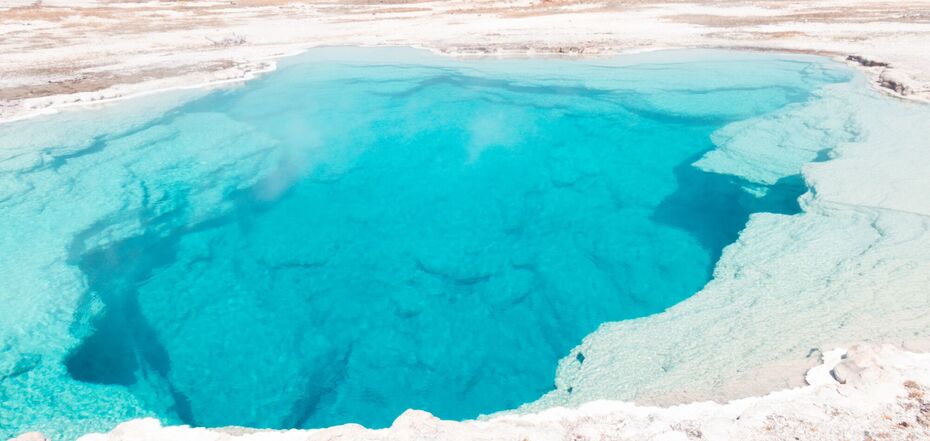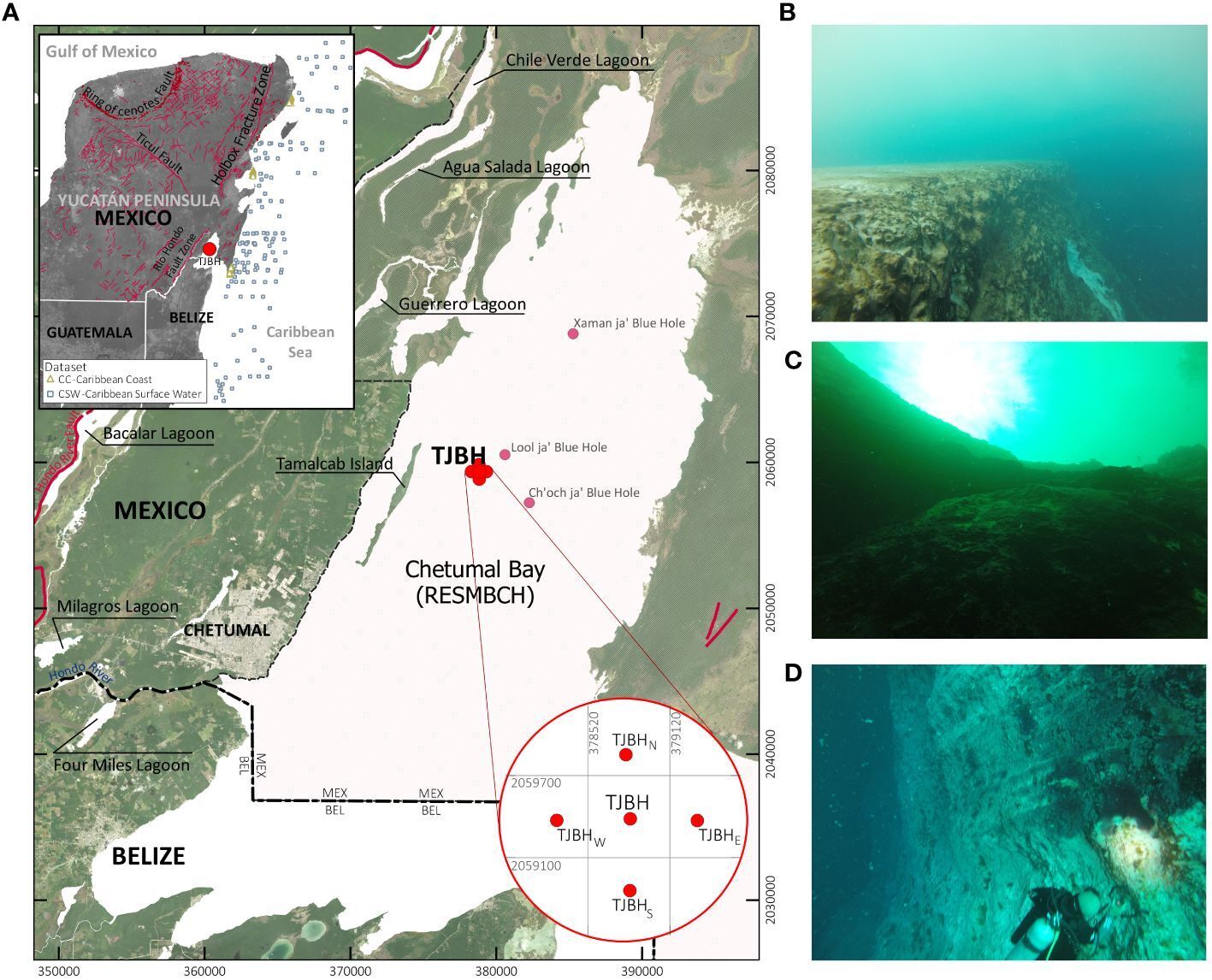News
The deepest blue hole in the world with hidden caves and tunnels has been discovered. The first photos
The Taam Ja Blue Hole (TJBH), first discovered in Chetumal Bay off the southeast coast of the Yucatan Peninsula (Mexico) in 2021, is the deepest underwater sinkhole in the world. New measurements have shown that it extends at least 420 meters below sea level.
This is 146 meters deeper than what scientists documented three years ago. The previous record holder, the Sansha Yonle Blue Hole, also known as the Dragon Hole, in the South China Sea, is 301 meters deep, Live Science reports, citing a study in the journal Frontiers in Marine Science.
According to the researchers, who have not even reached the bottom yet, the Taam Ja Blue Hole may be connected to a maze of underwater caves and tunnels.
During the expedition, which was conducted on December 6, 2023, the researchers took measurements using a Conductivity, Temperature, and Depth (CTD) profile, a device with a set of probes that read and transmit water properties to the surface in real time via a cable. The data showed that the Taam Ja blue hole is "the deepest known blue hole in the world, with its bottom still not reached," the researchers write in the study, which was published in the journal on April 29, 2024.
The device also identified different layers of water inside the blue hole, including a layer below 400 meters where temperature and salinity conditions resembled those of the Caribbean Sea and nearby coastal reef lagoons. According to the study, this suggests that TJBH may be connected to the ocean through a hidden network of tunnels and caves.
Initial measurements of the TJBH were made using an echo sounder, a device that sends sound waves to the bottom of the water and measures the speed at which they return to calculate distance. However, there are limitations to the echo sounding technique in blue holes due to fluctuations in water density and the unpredictable shape of each hole, which may not be perfectly vertical.
"Confirmation of the maximum depth was not possible due to instrument limitations during the 2021 scientific expeditions," the researchers explain.
The CTD instrument used for the recent work also failed to find the bottom of the blue hole because it could only operate at a depth of 500 meters. According to the study, the scientists lowered the profiler to this depth, but the cable to which it was attached could have drifted on underwater currents or hit a ledge that stopped the device at a depth of 420 meters.
Next, the scientists plan to decipher the maximum depth of the TJBH and the possibility of forming part of an underwater complex and potentially interconnected system of caves and tunnels.
"The depths of the TJBH may also contain biodiversity that needs to be explored," the scientists add.
Subscribe to OBOZREVATEL's Telegram and Viber channels to keep up with the latest developments.




























